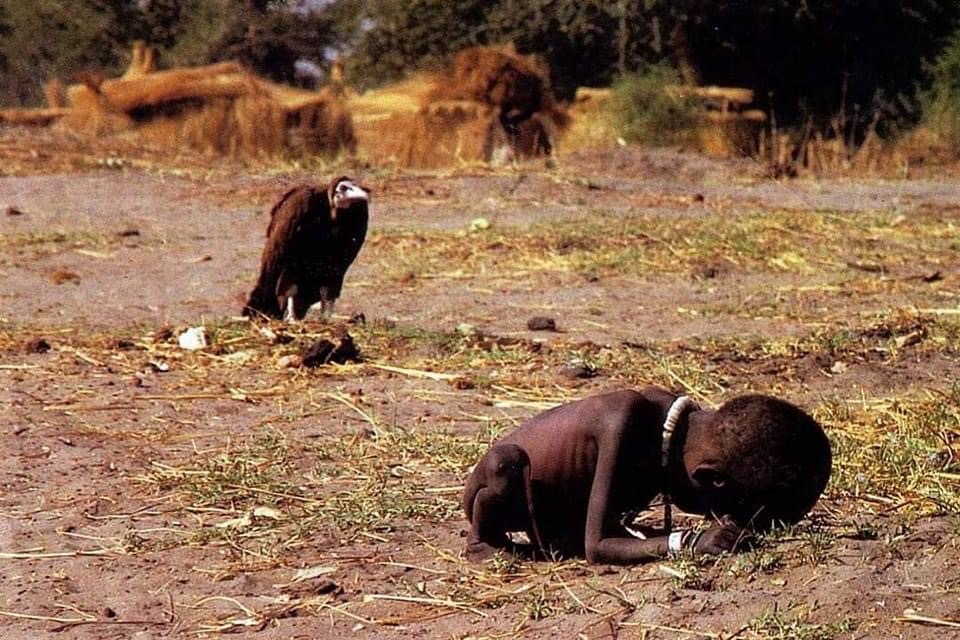“The Vietnam War, the war abroad and the war at home, has been reduced to a few iconic images — the Napalm girl, the girl at Kent State. What seems to emerge from major events and eras are one or two images that effectively embody the emotion and rage, the happiness and anger. The whole thing somehow is enfolded in there. The brain is just very good at processing visual imageries and bringing in memories associated with images.”
–HANY FARID (expert on digital photography)
What an amazing quote! Reading this makes me imagine all of the pictures that really stand out that are associated with major events. I can easily imagine a picture in my head related to an event rather than an article I read about the event. Isn’t that funny? It’s so much easier to remember and recall a picture from memory than a text. As Harid states, roughly 30 to 50 percent of our brain does visual processing.. that’s why so many people are visual learners, I guess!
But in all seriousness, a picture so beautifully and almost poetically captures a moment. As Farid says, a picture really does capture the emotion in most situations–esspecially situations of war and hardtimes.
In a journalism class I took my freshman year, I remember researching winners of the Pulitzer Prize. The image of a starving child with a vulture lurking behind it, waiting for the child’s death to be fed, truely captures the emotions behind the Sudan famine. After doing research on the picture, it was put into question whether or not the photograph was staged. I suppose the question of authenticity always comes into play. However, if the photojournalist simply waited until the right moment occured to take the picture, it does not mean it was staged. I’m sure if the picture was taken with the vulture too far away from the child, it could have a much different meaning. In addition, it was questioned whether or not the photojournalist should have “shooed” the vulture away from the child instead of taking pictures. But…then isn’t that almost tampering with a picture as well? I feel like there are different ways of editing pictures. Sure, it can be done on a computer using photoshop and other methods, but tampering with set of the picture while it’s being taken may be as bad as well. The photojournalist, for the record, did “shoo” away the bird after the picture was taken.
If people really do believe a picture much easier, it always will be important to have the image be reliable!






It‘s quiet in here! Why not leave a response?